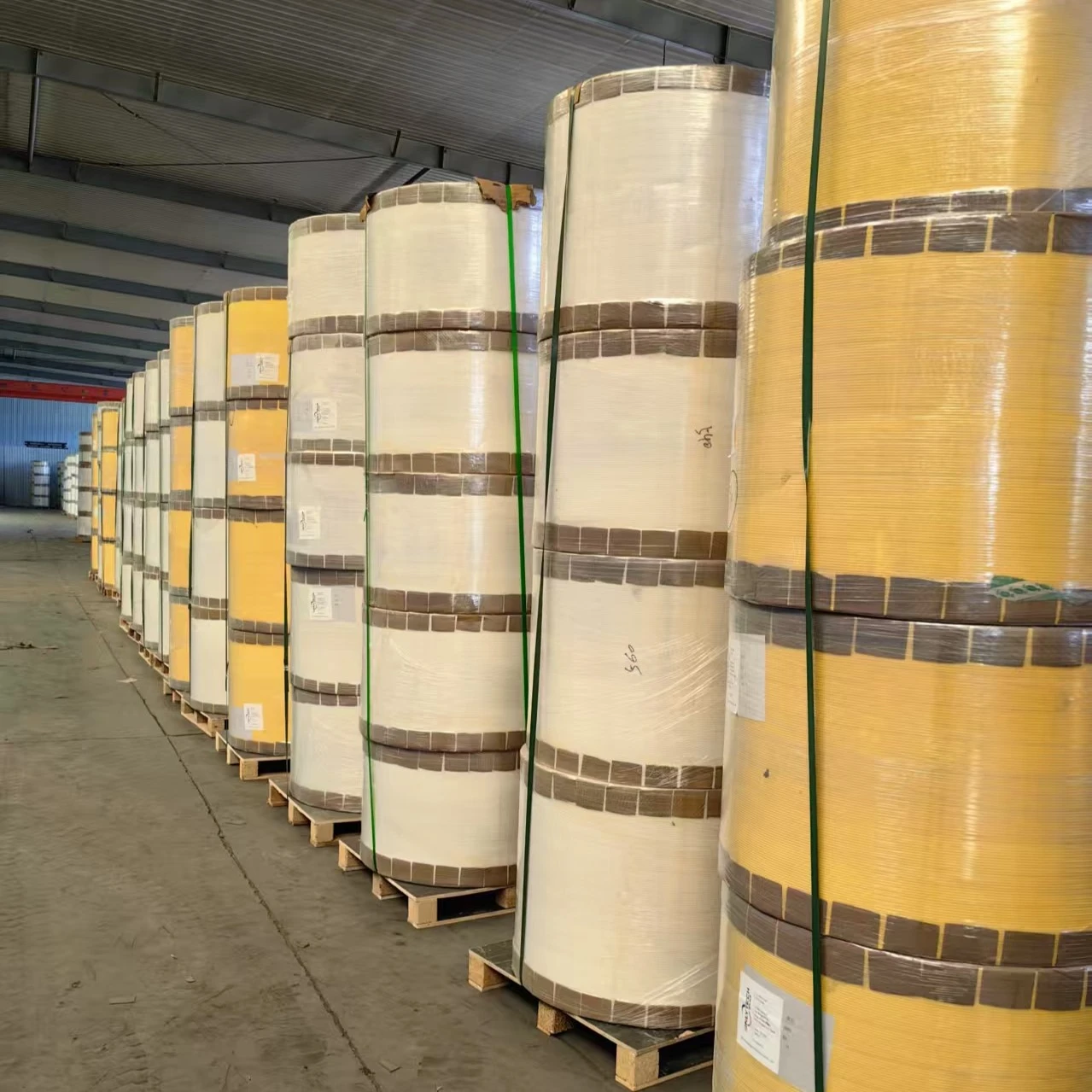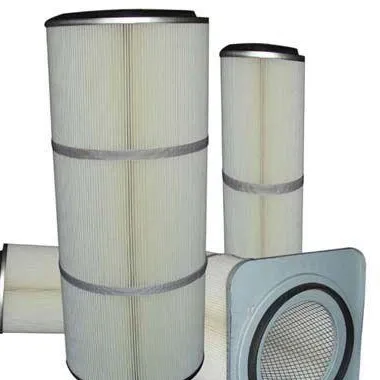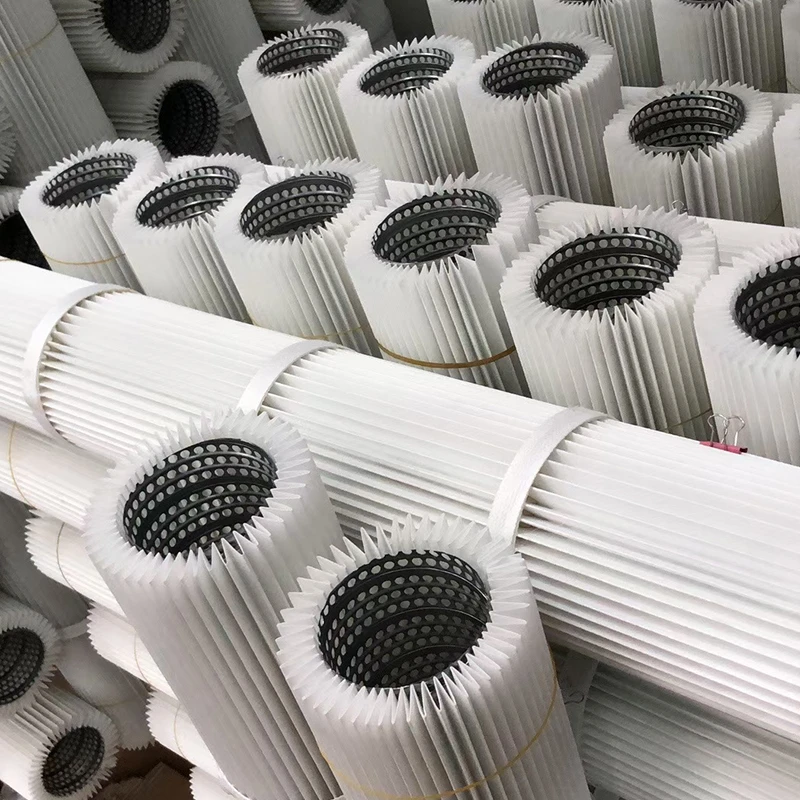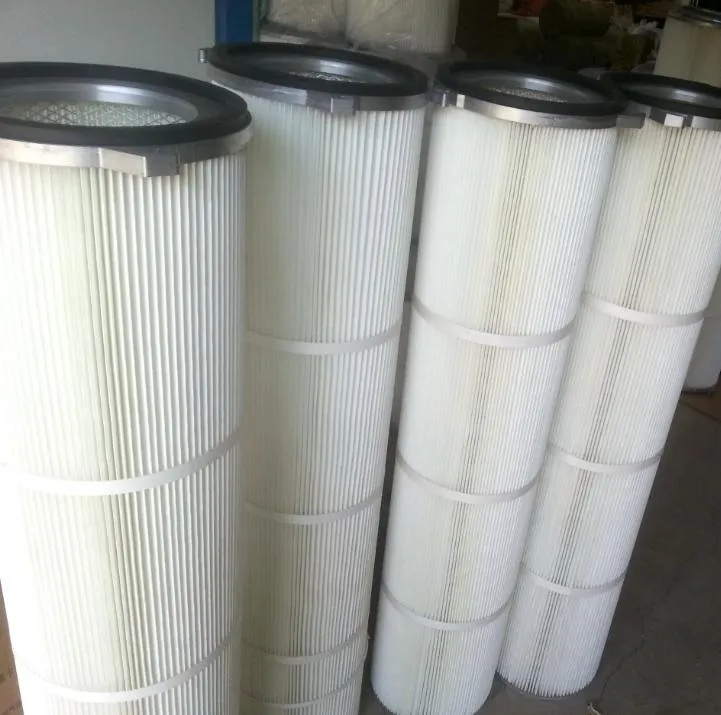 Tel:
+8618931101301
Tel:
+8618931101301
Dec . 06, 2024 10:52 Back to list
carbon impregnated cellulose filter cartridge
Understanding Carbon Impregnated Cellulose Filter Cartridges An Overview
In the realm of water and air purification, filter cartridges play a critical role in ensuring the cleanliness and safety of resources we often take for granted. Among the various types of filter cartridges available on the market, carbon impregnated cellulose filter cartridges have gained significant attention due to their unique properties and effectiveness in removing contaminants.
What Are Carbon Impregnated Cellulose Filter Cartridges?
Carbon impregnated cellulose filter cartridges are designed using a blend of cellulose fibers and activated carbon. The cellulose base provides structural integrity and support, while the activated carbon is incorporated to enhance adsorption capabilities. This combination is particularly effective at removing a wide variety of impurities from air and water, including sediments, chlorine, volatile organic compounds (VOCs), and other harmful substances.
The Mechanism of Action
The effectiveness of these filter cartridges relies on two primary mechanisms filtration and adsorption. The cellulose fibers serve as a physical barrier that traps larger particles, while the activated carbon utilizes its porous structure to capture smaller contaminants through adsorption. Adsorption occurs when molecules adhere to the surface of the activated carbon, effectively removing them from the air or water stream. This dual-action system makes carbon impregnated cellulose filters highly efficient for both particulate matter and chemical contaminants.
Applications of Carbon Impregnated Cellulose Filters
1. Water Filtration One of the most common uses for carbon impregnated cellulose filter cartridges is in water treatment systems. They are particularly effective in household water filters, aquarium systems, and industrial water treatment facilities. These filters can significantly improve the taste, odor, and clarity of drinking water by removing chlorine, sediment, and other undesirable chemicals.
carbon impregnated cellulose filter cartridge

2. Air Purification In air purification systems, these filters can effectively reduce airborne pollutants, allergens, and odors. They are found in HVAC systems, portable air purifiers, and exhaust systems, ensuring that indoor air remains clean and breathable.
3. Aerospace and Industrial Applications The aerospace industry also utilizes carbon impregnated cellulose filters for the purification of cabin air and the filtration of fuel and lubricants. Their robust construction and high efficiency make them suitable for demanding environments where performance is critical.
Advantages of Carbon Impregnated Cellulose Filter Cartridges
- Enhanced Filtration Efficiency The combination of cellulose and activated carbon provides superior filtration, catering to both physical and chemical contaminants. - Cost-Effectiveness Compared to other filtration media, carbon impregnated cellulose filters are often less expensive while still offering high performance.
- Environmentally Friendly Cellulose is a renewable resource, and many manufacturers emphasize eco-friendly production methods. Moreover, used filters can often be disposed of or recycled with lower environmental impact.
- Versatility These filters can be tailored for various applications, making them suitable for both residential and industrial use.
Conclusion
In conclusion, carbon impregnated cellulose filter cartridges represent a significant advancement in filtration technology. Their ability to simultaneously remove large particles and smaller chemical contaminants through a dual-action mechanism makes them a valuable tool in ensuring clean water and air. As concerns regarding air and water quality continue to grow globally, the adoption of effective filtration solutions like carbon impregnated cellulose filters will be crucial in addressing these challenges. Their versatility, cost-effectiveness, and environmentally friendly nature position them well for continued prominence in the field of purification technology.
-
Working principle of high-efficiency dust filter elementNewsJun.26,2025
-
The truth about washable filters: Does repeated use really not affect efficiency?NewsJun.25,2025
-
Effect of humidity on the performance of activated carbon filter elementsNewsJun.24,2025
-
Material selection considerations for dust removal filter elements under high temperature conditionsNewsJun.23,2025
-
Cold knowledge of air filters: Why are some designed to be pleated?NewsJun.16,2025
-
Factory direct supply! High-precision air filter element wholesale and customizationNewsJun.12,2025

 Email:
Email:





